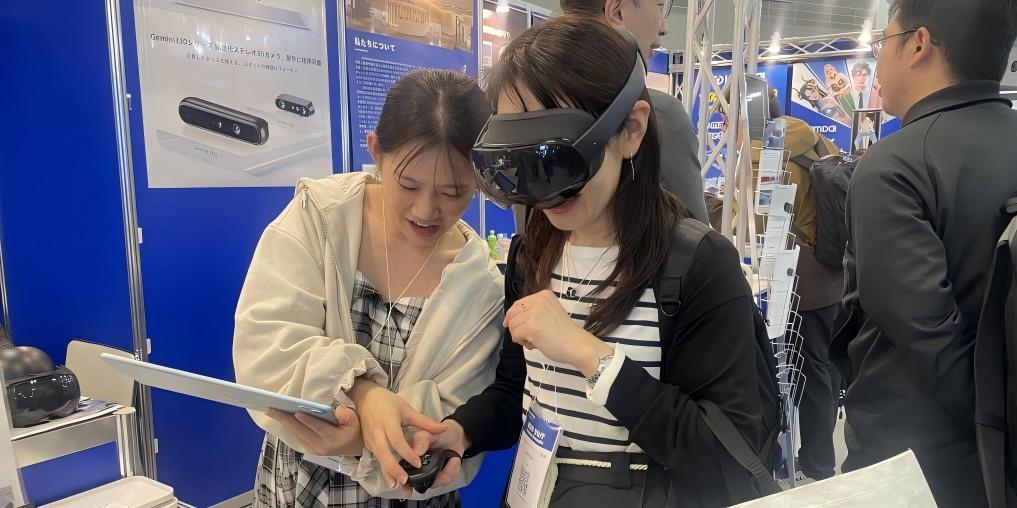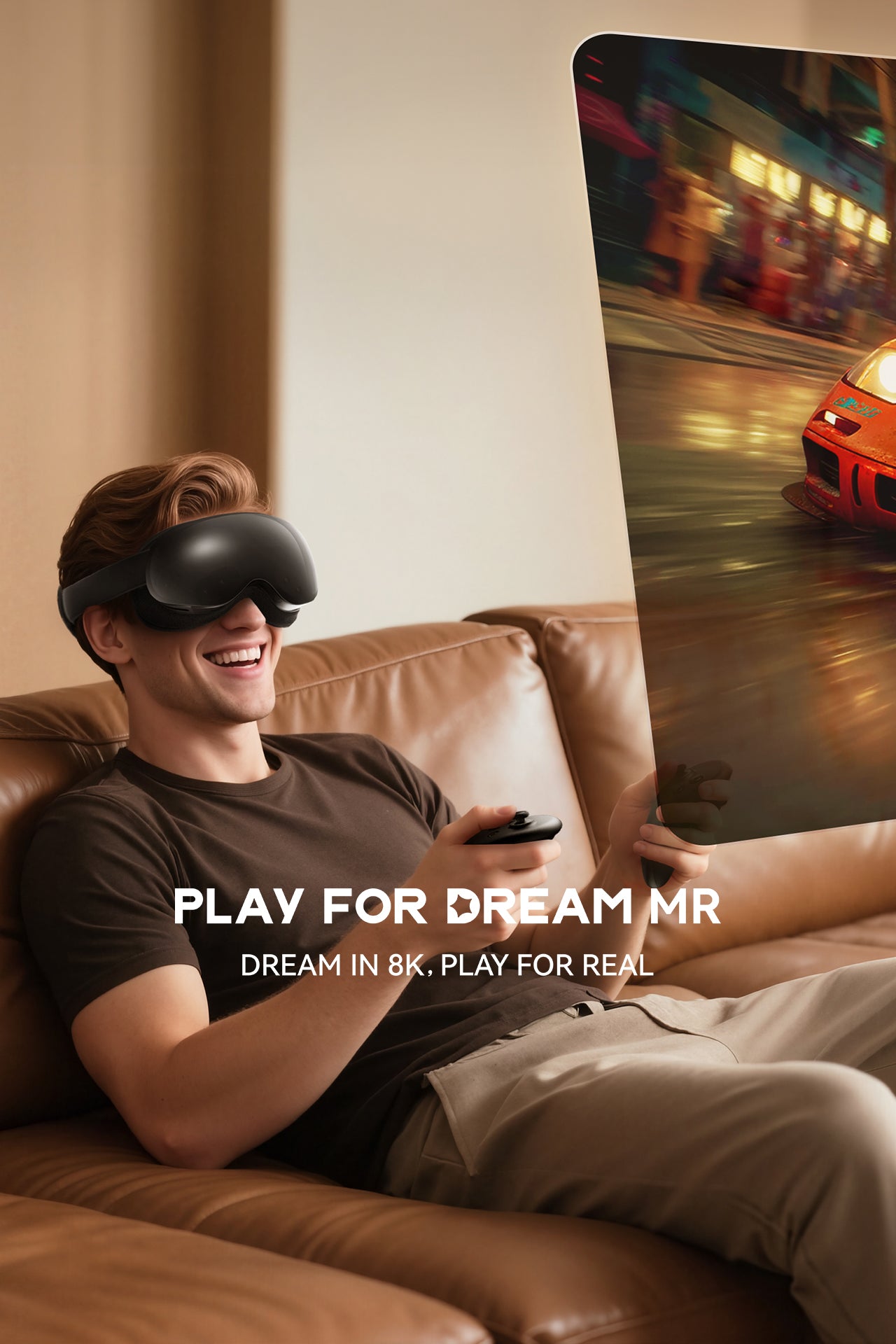
Play For Dream's spatial computer just stunned Tokyo — and it's running Android
Play For Dream's spatial computer just stunned Tokyo — and it's running Android
April 2024 — Chinese mixed reality company Play For Dream Technology brought its flagship spatial computer, the Play For Dream MR, to Japan last month — and walked away with some serious buzz.
As the world’s first Android-based spatial computing device, it made appearances at AI Expo Tokyo and Japan IT Week, drew crowds at Yodobashi Camera pop-ups, and left techies, media, and industry folks impressed. Here’s what you need to know.
The Hardware That Won Tokyo Over
We’ve seen headsets try to balance performance and comfort. Play For Dream MR might be one of the few actually pulling it off.
With dual 8K Micro-OLED displays, Snapdragon XR2+ Gen 2 power, and color VST at just 14ms latency, it’s built for high-fidelity immersion. But it’s the lightweight design and 3:2 weight distribution that had people keeping it on longer than most. Oh, and it runs Android — which means app support isn’t starting from zero.
Japanese outlet Mynavi called it “high-performance, incredibly sharp, and comfortable even for long sessions.” Influencer Shoya Musha simply said: “It’s as intriguing as the Vision Pro.”

So What Can You Do With It?
Everything you’d hope — but smoother.
Think real 8K IMAX-level private cinema, immersive VR/MR gaming, 3D video capture, and yes — floating virtual screens for work. The passthrough isn’t just functional; it’s good enough to make virtual objects feel disconcertingly real. One user even admitted they “almost believed a virtual TV was actually there.”
Play For Dream also demoed its in-house spatial anchoring and 3D reconstruction tech — letting digital content interact convincingly with physical spaces.
 The Reactions Say It All
The Reactions Say It All
From pros to casual users, the response was almost universally positive:
· “The clarity is on another level. I couldn’t see pixels — and the color passthrough? Shockingly real.”
· “Like having an IMAX on your face. Gaming actually feels next-gen.”
· “I usually get headaches with these. This one? I forgot I was wearing it.”
It wasn’t just consumers. A tech lead from a Japanese manufacturing firm praised the “ergonomic and human-centered design,” confirming what many already felt: this is one of the few headsets built for all-day use.
 But It’s Not Just for Gamers
But It’s Not Just for Gamers
Play For Dream is pushing hard into enterprise, too.
They’re already running VR classrooms, vision therapy programs, and interactive exhibitions. A collaboration with eye-tracking leader Tobii is exploring healthcare applications. And across Southeast Asia, the company is pitching educational and large-scale entertainment solutions.
“This isn’t just a consumer device,” a company rep told us. “We’re looking at tourism, training, industrial design — any industry that can benefit from blending digital and physical.”
The Bottom Line
Play For Dream MR isn’t just another headset. It’s a fully-realized Android spatial computer — and it’s turning heads for a reason.
With comfort, clarity, and a growing app ecosystem, it’s making a case for spatial computing that doesn’t start at $3,500. And after its Tokyo debut? Let’s just say the West should be paying attention.

